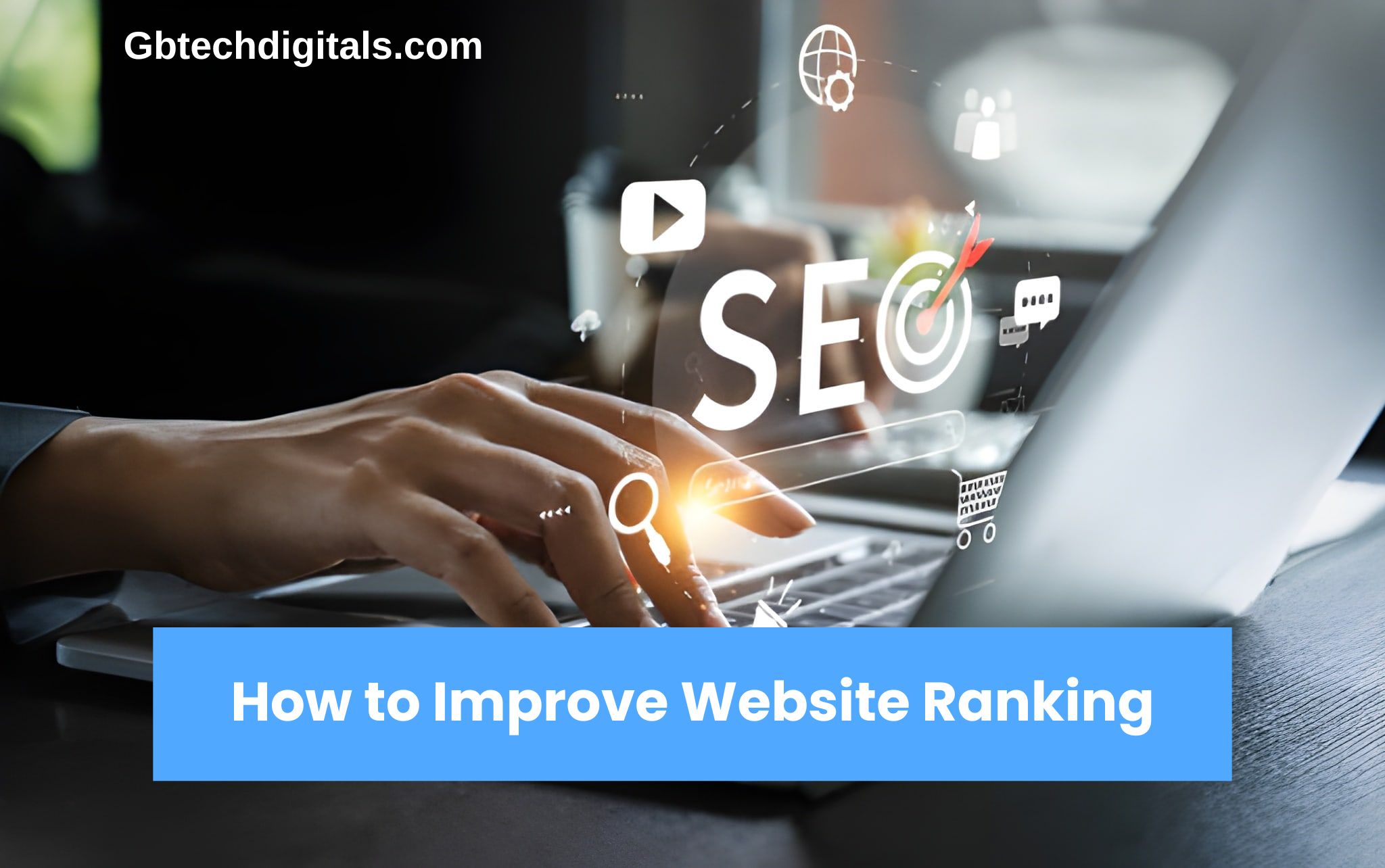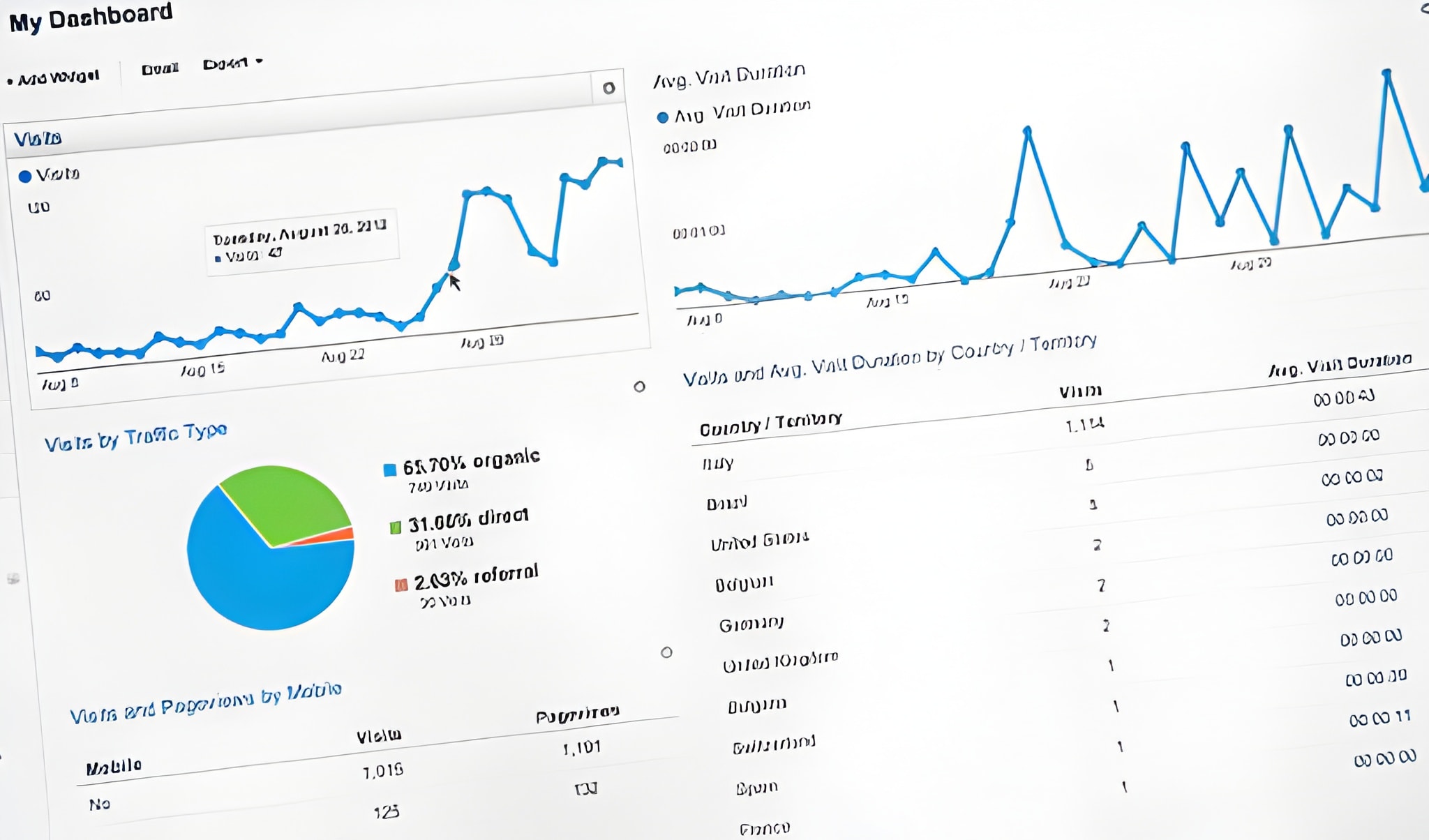
How to Improve Website Ranking
In today’s digital landscape, simply having a website is not enough. The key question for business owners, web designers, and marketers is: how do you improve website ranking so that your site actually attracts traffic, leads, and conversions? With search engine algorithms evolving, AI-driven search experiences emerging, and competition intensifying, the challenge is greater than ever.
This guide provides a structured, professional roadmap to boosting your website’s ranking from fundamentals through advanced strategies so you can stay ahead of the curve.
1. Understand the SEO Landscape
Before diving into tactics, it’s critical to recognize that improving search engine ranking means more than just keywords and links. According to industry analysis:
- The nature of search is shifting, with a growing share of “no-click” searches and AI-driven answer boxes.
- Quality, experience, expertise, and trust (E-E-A-T) remain foundational ranking signals.
- Technical performance speed, mobile-friendly design, clean code, and structured data still matter.
In short: to improve website ranking, you must adopt a holistic strategy that blends technical, content, and user-experience elements.
2. Technical SEO: The Foundation for Ranking
2.1 Site Performance & Speed
Slow-loading pages drive bounce rates, which can hurt rankings. Optimize images, reduce third-party scripts, implement caching, and choose a high-quality host.
2.2 Mobile-First & Responsive Design
Most users now browse on mobile. If your website isn’t optimized for mobile devices, you risk losing visibility.
2.3 Clean URL Structure & HTTPS
Using semantic, clean URLs and providing secure browsing signals (HTTPS) help search engines interpret and trust your site better.
2.4 Structured Data & Schema Markup
Implementing schema markup improves how your site appears in search results (rich snippets) and can help boost visibility.
2.5 Technical Audit & Fixes
Regularly scan for broken links, duplicate content, crawl errors, slow pages, and ensure your sitemap/robots.txt are correct.
3. On-Page SEO & Content Strategy
3.1 Keyword Research & Intent
To improve website ranking, you must align your content with user intent. Focus not just on search volume, but on what users actually want.
3.2 Use Main Keyword Prominently
Include your target keyword (“improve website ranking”) in the title tag, meta description, H1, early in the content, and naturally throughout.
3.3 Content Depth & Information Gain
Search engines reward pages that provide real value and “information gain” content that goes beyond the basics.
3.4 Internal Linking & Content Structure
Structure your content logically with headings, subheadings, and links to related pages. Use internal links to boost crawlability and context.
3.5 Optimise Images & Media
Use descriptive file names and alt tags, compress images, and ensure media does not slow the page.
3.6 Content Update & Freshness
Updating older posts and republishing with current data is a powerful way to improve website ranking and maintain relevance.
4. Off-Page SEO & Authority Building
4.1 Backlinks from High-Quality Sources
Link building remains a major factor in ranking. Quality matters far more than quantity.
4.2 Brand Signals & Mentions
Search engines pay attention to brand credibility: how your site is mentioned across the web, your social presence, and trust signals.
4.3 Guest Posts, Industry Citations & Partnerships
Publishing content on reputable sites, gaining citations in industry-relevant publications, and establishing partnerships boost your site’s authority and ranking potential.
4.4 Monitoring & Disavowing Toxic Links
Periodically audit your backlink profile. Disavow low-quality or spammy links to protect your site’s standing.
5. User Experience (UX) & Engagement Signals
5.1 Core Web Vitals & Page Experience
Metrics such as Largest Contentful Paint (LCP), First Input Delay (FID), and Cumulative Layout Shift (CLS) are ranking signals. Improving these boosts both UX and search position.
5.2 Dwell Time, Bounce Rate & Engagement
The longer a user stays on your site, the more it signals value to search engines. Craft engaging content, interactive elements, and clear navigation.
5.3 Accessibility & Readability
Ensure your content is accessible (e.g., alt text, keyboard navigation) and readable (clear headings, bullet lists, concise paragraphs). This contributes to improved UX and ranking.
5.4 Mobile Experience & Navigation
Ensure menus, clickable elements, and content layout are optimized for mobile. Confusing mobile navigation can harm engagement and ranking.

6. Local SEO & Niche-Focused Strategies (If Applicable)
If your business serves local markets or specific niches:
- Claim and optimize your Google Business Profile.
- Use local keywords (e.g., “web design Lagos,” “small business SEO Canada”).
- Get local citations and reviews.
- Create dedicated local landing pages with relevant content. These tactics help you leverage local intent, which often has lower competition and higher conversion.
7. Continuous Monitoring & Improvement
7.1 Use Analytics & Search Console
Track your ranking, traffic, engagement, and keywords. Identify which pages perform and which need improvement.
7.2 A/B Testing & Optimisation
Test meta titles, descriptions, page layouts, and calls to action to see what improves click-through rate (CTR) and conversions.
7.3 Audit Every 3–6 Months
Perform a full SEO audit: technical, on-page, content, and backlink profile. Address issues and update your roadmap accordingly.
7.4 Adapt to Algorithm Changes
Search engine algorithms evolve; stay updated and be ready to adjust strategy.
Conclusion & Next Steps
Improving your website ranking in 2025 demands disciplined, integrated effort. You can no longer rely on isolated SEO tricks; you must build a strong technical infrastructure, high-value content, authoritative backlinks, and a superb user experience.
If you’re ready to take your site to the next level—with professional design, expert UI/UX, and a ranking-driven strategy—reach out to professionals who know how to execute and deliver.
Need a professional website? Contact Oyetunji Ridwan – Web Designer & UI/UX Specialist at GbTech Digitals.




